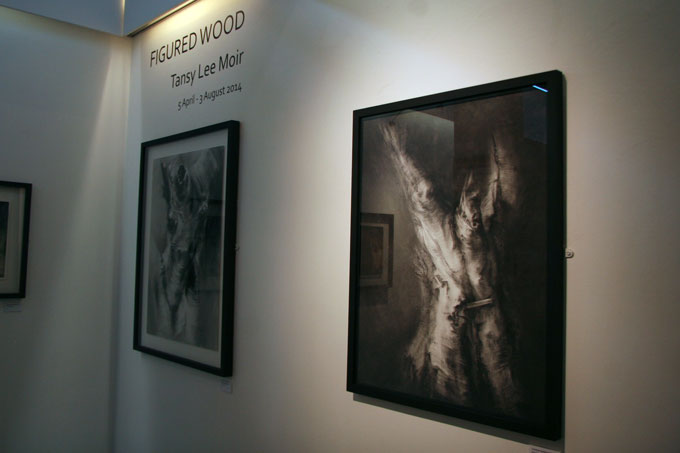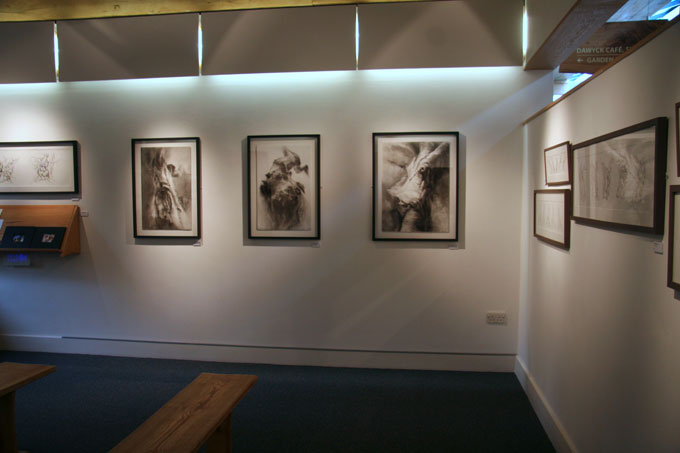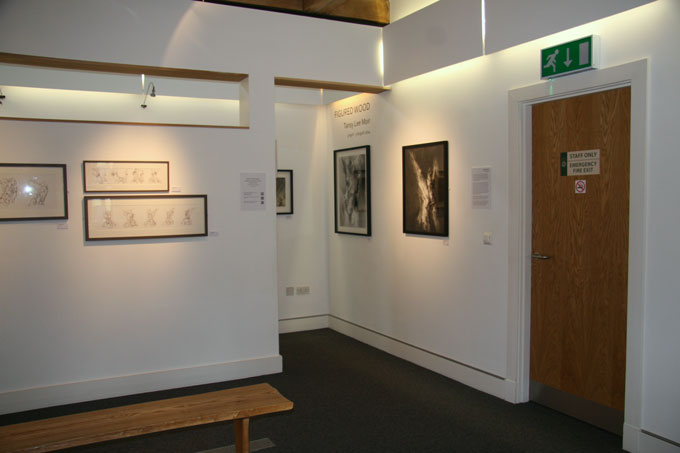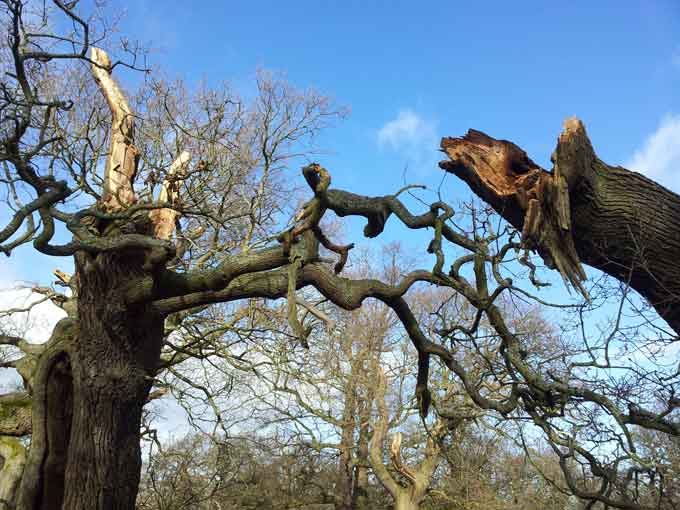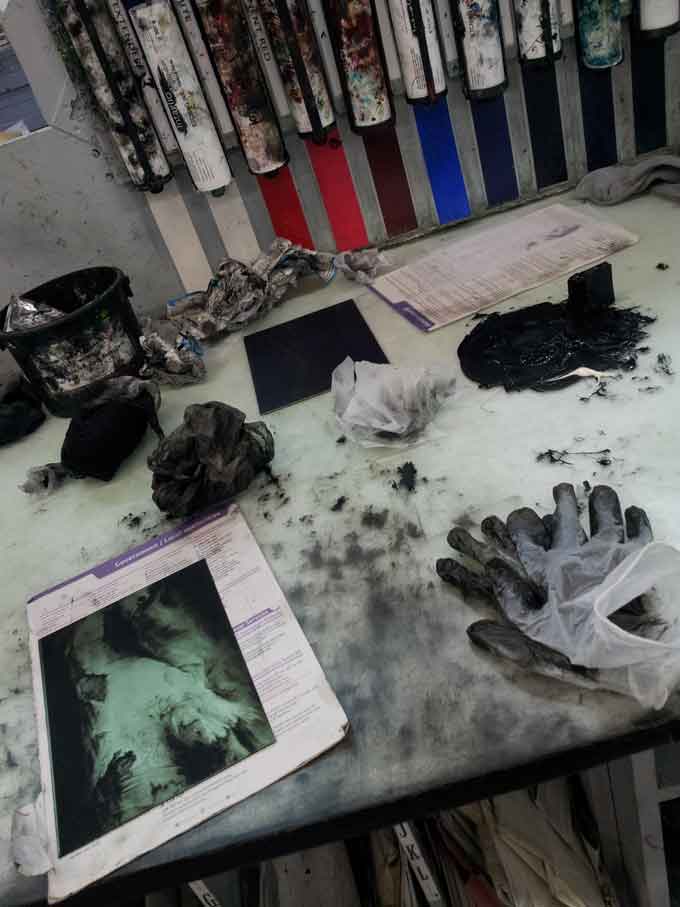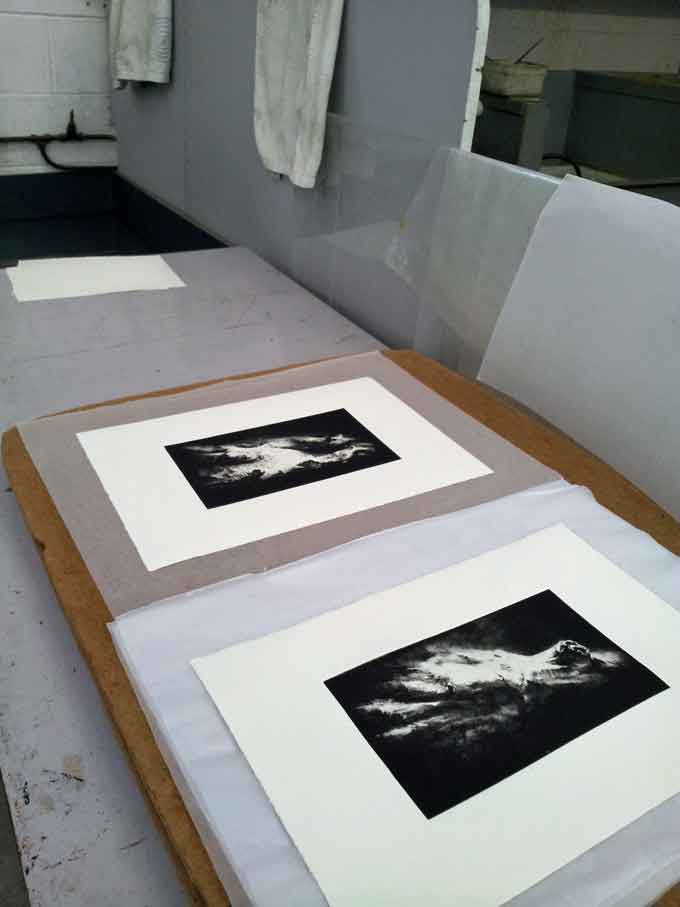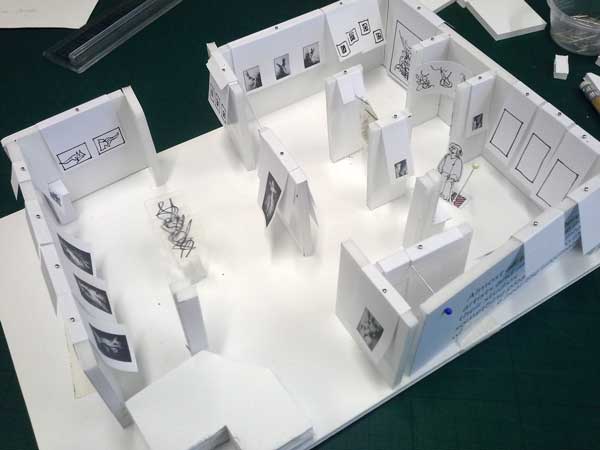So what’s so special about trees? And why is it always the old and gnarly ones I go on about?

It’s fairly obvious to anyone looking at my work that I have a deep and enduring interest in trees – the origins of which I’ve talked about in other posts.Over the last five years or so, my drawings have developed in parallel to my knowledge of and appreciation for trees, their history, ecology and our cultural links with them.
The more I read and understand about them as a subject, the better I feel that creative connection which is essential for me to make good work. There are some key books which have influenced me, but even better than reading is meeting real people sharing their expertise and passion.
So last week I went along to the Ancient Tree Forum’s Highland Gathering in Perthshire to meet some proper tree people and hear talks and discussions on things ancient and arboreal.The morning session in Perth included talks on themes around wood pasture, parkland, tree recording and preservation, Atlantic hazel woods, along with perspectives from England and Scotland.

Our afternoon was spent literally in the field, meeting some of Scone Palace’s historic and impressive trees.
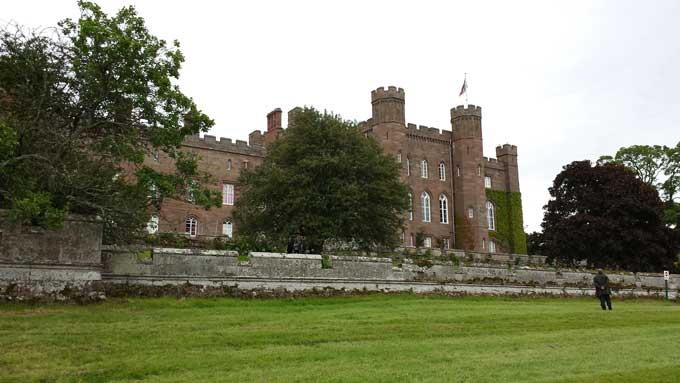
Donald Rodger (in the green coat), author of ‘Heritage Trees of Scotland’ introduced us to a massive sitka spruce.

Ted Green, ATF founder and president, speaking beside the James VI/I sycamore.

My favourite tree from the field visit was a huge copper beech.The strange contortions in its trunk are due to the copper beech tree being grafted onto common beech rootstock at an unusually high graft point.
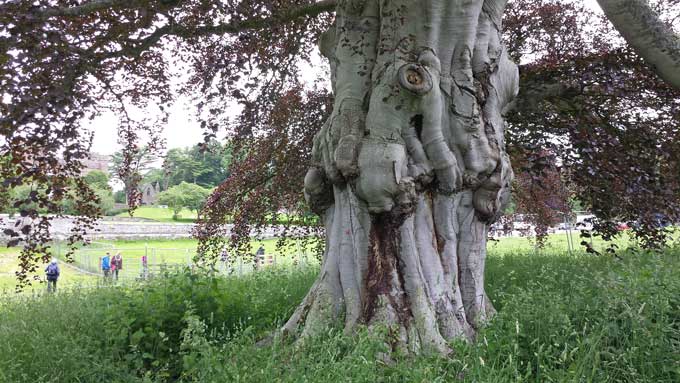
So what did I learn? Loads more than I can write but here’s a start…
- They are really rare, very rich habitats which are only just beginning to be understood.
- Our ancient trees and treescapes have very little protection from destruction or damage – even relatively recent important buildings have much more protection.
- They are irreplaceable – planting new trees is not enough.They are complex ecosystems that have evolved over hundreds, quite possibly thousands of years.
- They are a living link to our past, representing a depth of history which can be hard for us short-lived humans to comprehend – for example the oaks I draw in Dalkeith Country Park are known to be at least 500 years old.
- Death and decay is a very important part of this ecosystem.An old tree with bracket fungus growing from it is not necessarily a sick or fragile tree – the fungus is recycling material that the tree no longer needs, making the nutrients available to the tree roots again.
- Hollow trees are especially important for the habitats they provide for all kinds of creatures, plants, fungi and lichens.
- There’s a growing movement of people – campaigners, scientists, ecologists, academics, arborists, historians and artists of course, who are raising awareness and appreciation of this amazing heritage that we have.
There’s more about the Ancient Tree Forum’s work on their website, or try the interactive map to find your own special trees – let me know about your visits.
You don’t know what you’ve got till it’s gone…
 Fresh off the board
Fresh off the board





